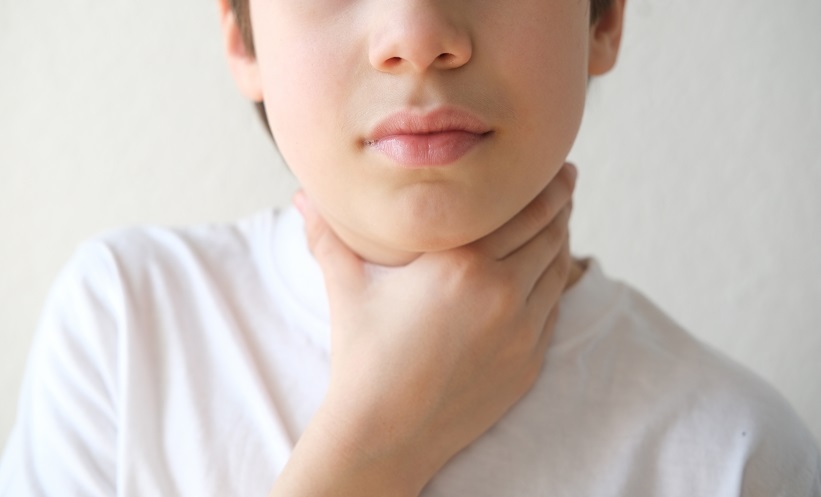THE INCIDENCE of thyroid cancer in children and adolescents has been rising globally, raising concern among researchers and clinicians alike. Environmental exposures, including air pollution and artificial light at night, have emerged as potential contributors. A recent study examined whether early-life exposure to fine particulate matter (PM2.5) and outdoor artificial light at night (O-ALAN) is linked to an increased risk of developing papillary thyroid cancer during childhood or adolescence. A key finding was that both PM2.5 and O-ALAN exposures at birth were significantly associated with elevated thyroid cancer risk later in youth.
The population-based case-control study was conducted within a California birth cohort comprising 736 individuals diagnosed with papillary thyroid cancer between ages 0 and 19, and 36,800 controls matched by birth year. Residential exposure to PM2.5 at birth was estimated using a validated ensemble-based air quality model, while O-ALAN was assessed through satellite data from the New World Atlas of Artificial Night Sky Brightness. Logistic regression models were applied, adjusting for potential confounders, with analyses further stratified by age group and race/ethnicity.
Increased PM2.5 exposure at birth was significantly associated with greater risk of thyroid cancer overall (odds ratio [OR] per 10 µg/m³=1.07; 95% CI: 1.01–1.14). This association was strongest among adolescents aged 15–19 (OR 1.08; 95% CI: 1.00–1.16) and Hispanic children (OR 1.13; 95% CI: 1.02–1.24). O-ALAN exposure was also linked to higher thyroid cancer risk in a dose-dependent fashion. Children in the middle and highest exposure tertiles had increased odds (T2 OR 1.25; 95% CI: 1.04–1.50 and T3 OR 1.23; 95% CI: 1.02–1.50), and the continuous model showed an OR of 1.07 per 1 mcd/m². Age-stratified findings indicated that these associations were limited to those aged 15–19, with no significant variations observed by race/ethnicity.
This research provides early evidence of an environmental link to paediatric thyroid cancer, emphasising the need for clinicians to consider environmental exposures in risk assessments. However, the study is limited by potential exposure misclassification and the inability to separate O-ALAN from other urban environmental factors. Continued research, particularly with refined exposure tools and longitudinal follow-up, is necessary to confirm these findings and inform public health interventions.
Reference
Deziel NC et al. Perinatal Exposures to Ambient Fine Particulate Matter and Outdoor Artificial Light at Night and Risk of Pediatric Papillary Thyroid Cancer. Environ Health Perspect. 2025;DOI: 10.1289/EHP14849.








